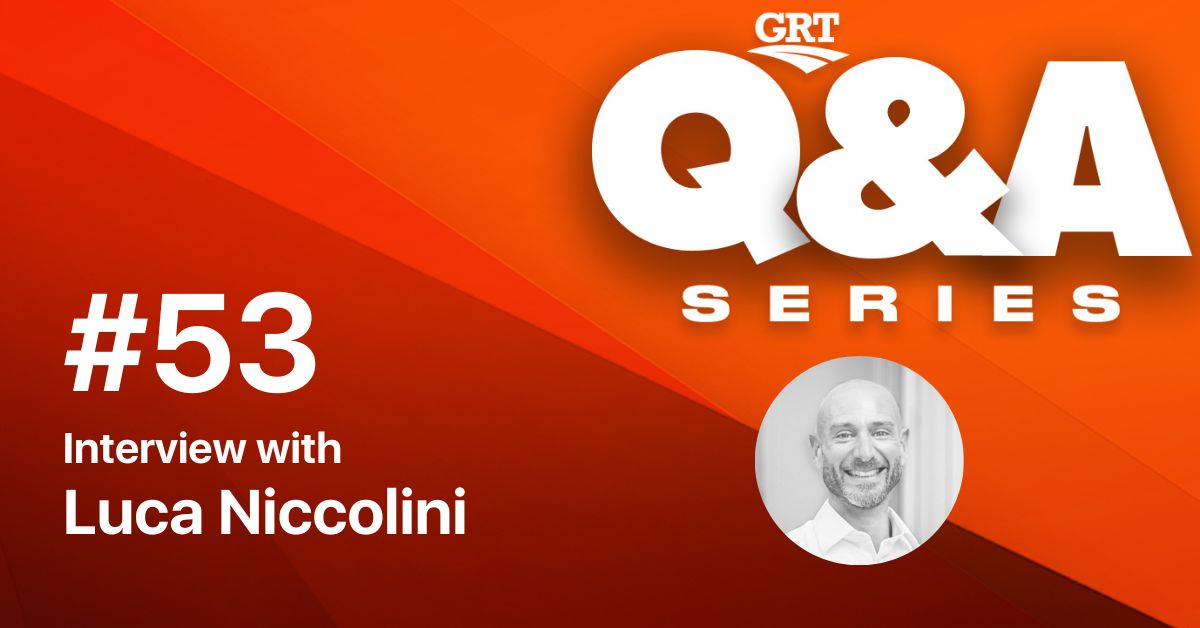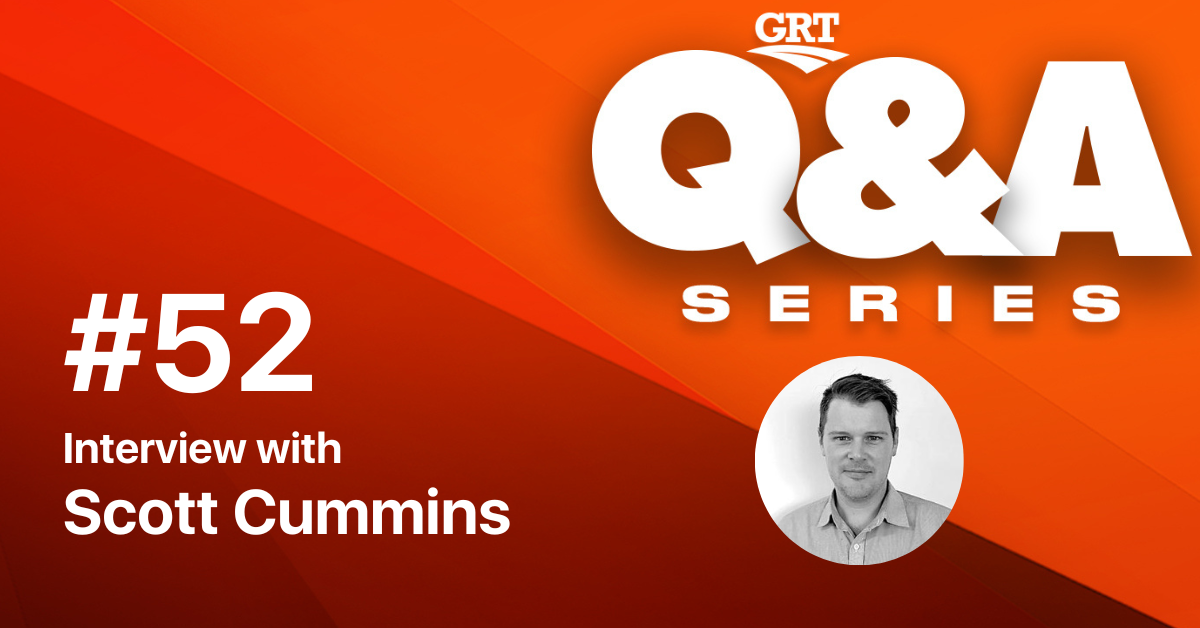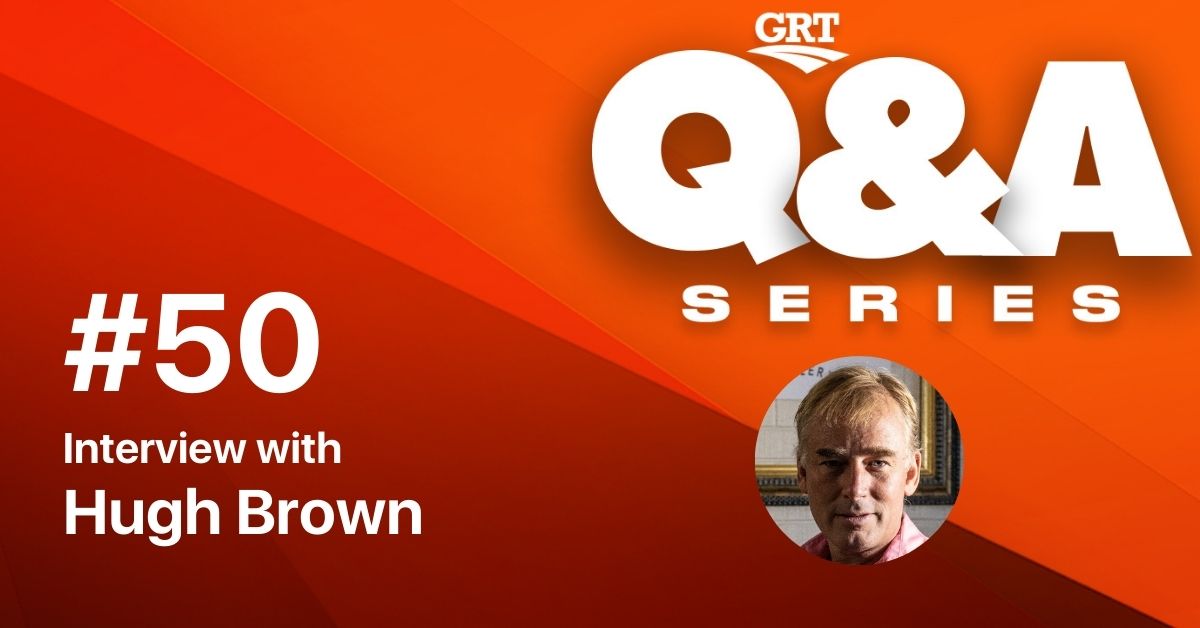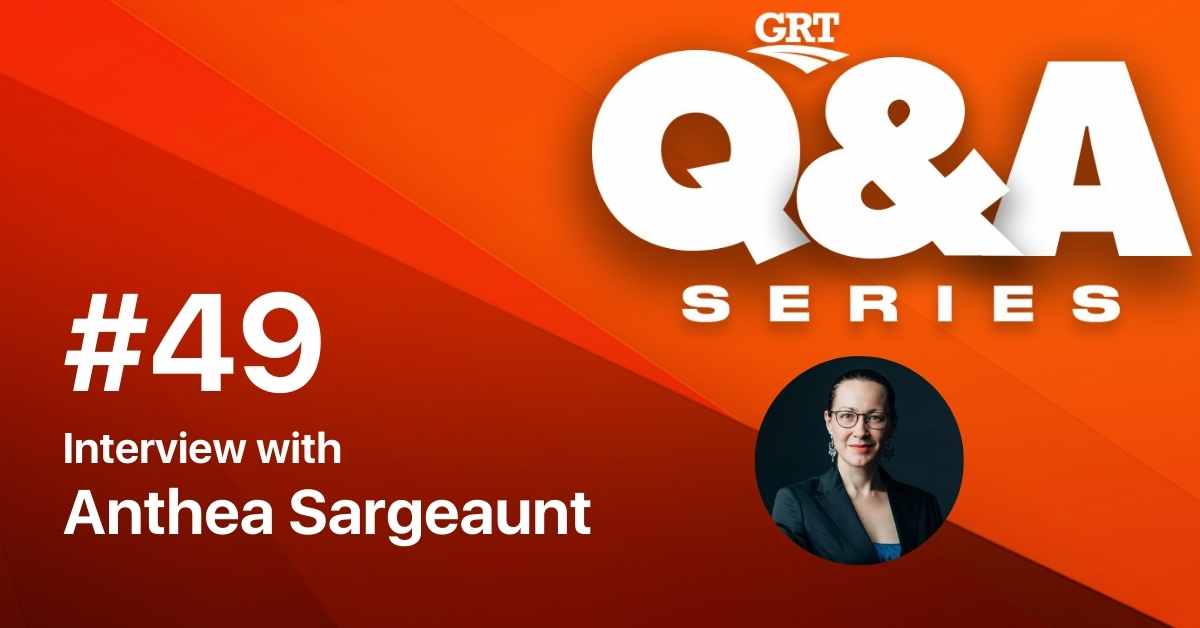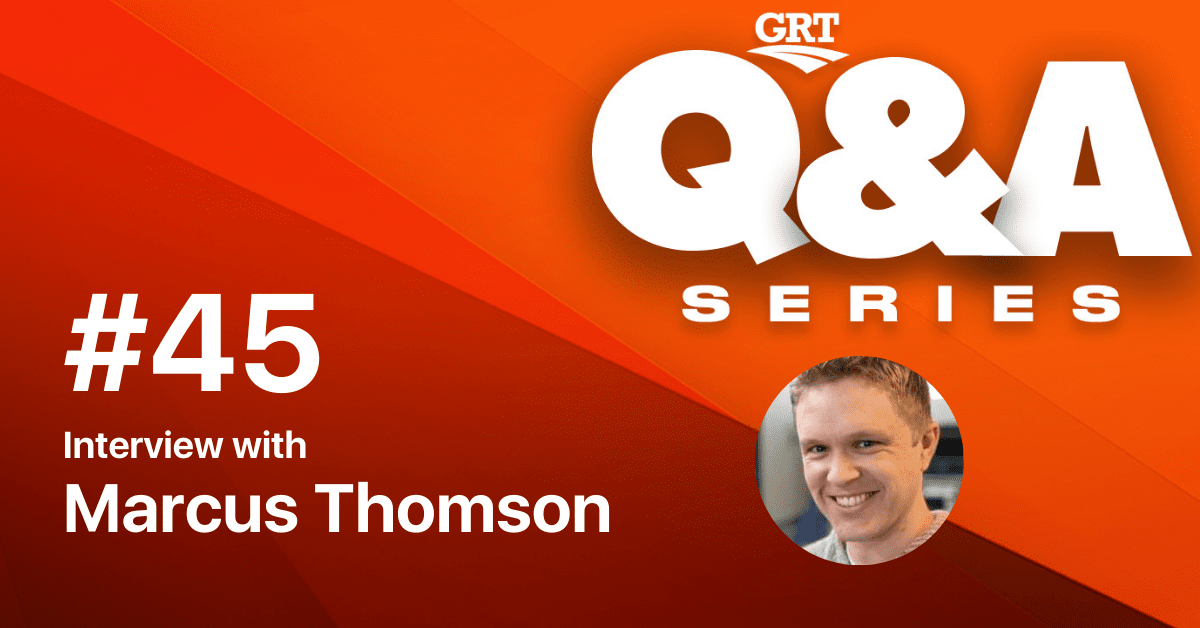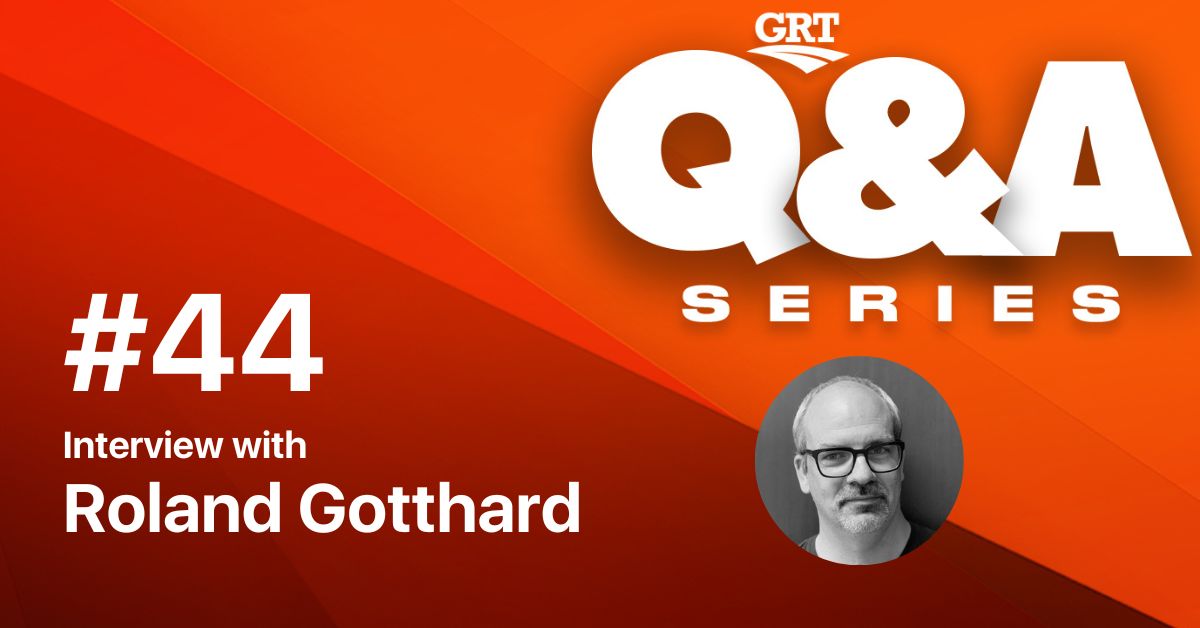Q&A Series #22: Interview with Nayab Sultan
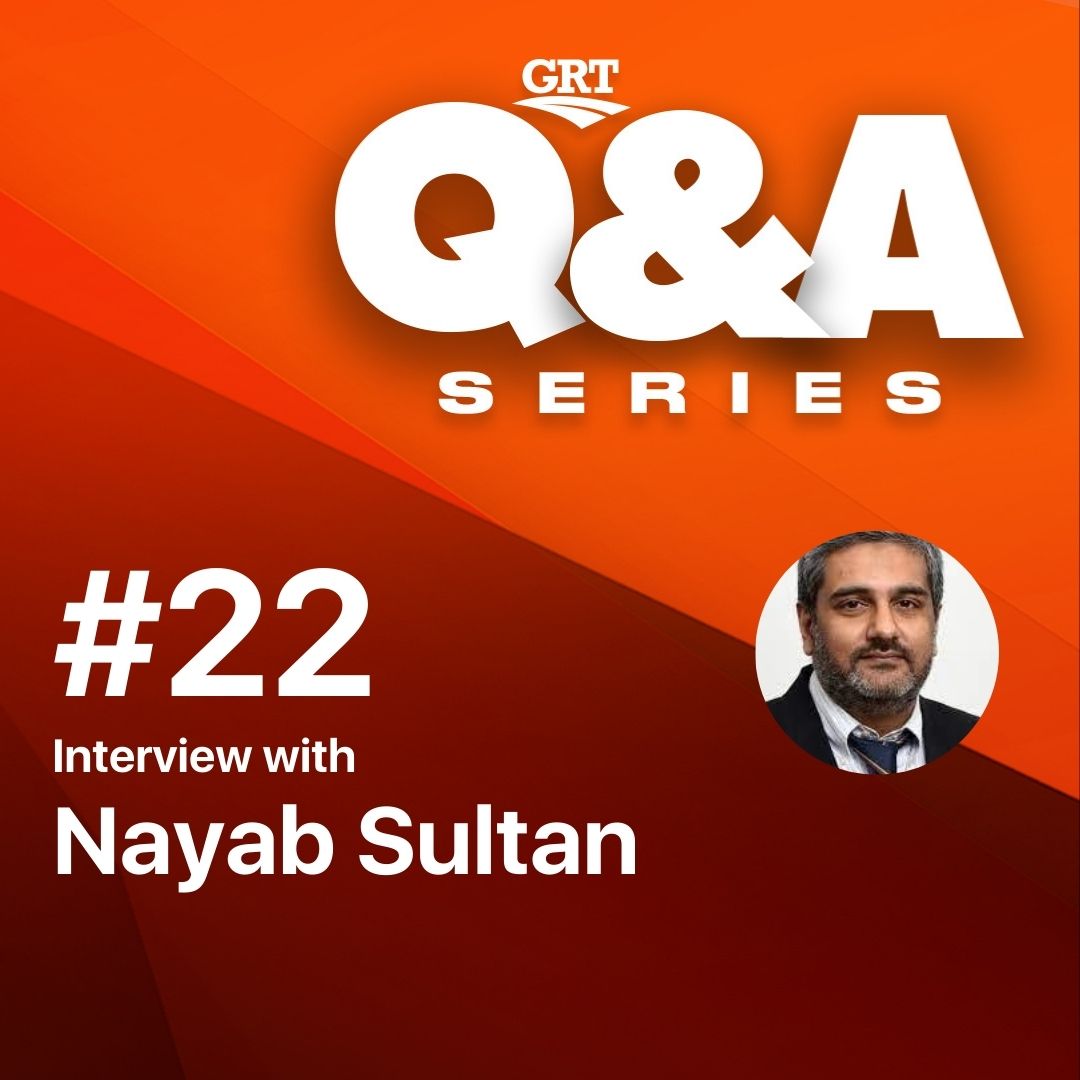
About the guest
Nayab Sultan is an international OHS professional with 30 years’ experience in a variety of heavy industries including construction, engineering, oil & gas, pipelines, process industries, marine and mining. He has maintained a parallel career as an expert in the development of national OHS institutions and has severed as the honorary advisor to Saint Vincent and the Grenadines, Malawi, Namibia, and Botswana. He received an Honorary Doctorate for his work in Malawi.
The topic of discussion: The Health, Safety and Environment Profession.
Health, Safety & Environment (HSE) professionals are certified specialists of different scientific disciplines that deal with the prevention of different types of risks stemming from the production of goods and services by private companies and public institutions.
In the HSE areas of expertise, people are either employed as HSE professionals in private companies and public institutions (as researchers, operating staff or inspectors/auditors) or they practice the profession as practitioners at the service of entrepreneurs and private companies.
Quality and effectiveness are vital factors in health, safety and environment management systems. In order to move towards the goal of increasing quality, to achieve best results, to reach the continuous improvement of system services and productions, and also to make the internal and external customers satisfied, it is necessary to consider the system performance measurement.
It is important to consider the HSE conditions that are required to evaluate performance measurement and examples include:
- number of accidents
- severity of accidents
- safety training
- safety equipment
- having the safety system
Considering these conditions, one of the most common methods of decision making is multi-criteria decision making that can measure consistency in judgments of decision-makers and their presentation of the critical aspects of the problem in a hierarchical structure, which makes the decision-making process easy for senior managers in organizations.
Global Road Technology discusses the HSE profession with highly disciplined and practical HSE professional Nayab Sultan who has 30+ years of international experience and is currently based in Vancouver, British Columbia, Canada.
1. What is an HSE professional and briefly take us through a day in the life of one?
Each HSE professional is likely to have a completely different experiences from his or her peers, and I don’t think I have ever had a ‘standard’ workday during my 34-year career. However, my days can include some common activities including attending crew talks, chairing meetings, followed by dealing with project site HSE issues at one of several gold mines, airport operations, through to road maintenance crews working in a remote mountainous locations. The tasks vary from dealing with incidents, or hazard observations, through to absence caused from exposure to hazardous work conditions. For my other positions working in academia this may include reviewing research through to submissions for peer-reviewed papers. In my pro bono position as Eswatini’s national technical advisor I advise on national concerns and priorities such as tacking silicosis and tuberculosis prevalence amongst former miners (and their dependants) to conducting quantitative or qualitative research to verify data in order to make recommendations to key stakeholders for suggested national policy changes.
2. What industries have you implemented your HSE expertise and what were your different experiences?
As a specialist in occupational health, safety, and environmental protection I tend to work on the science of the discipline rather than as a specific industry. These industries range from Mining and Quarrying, Aviation, Marine, Petrochemicals, Process Industries, Government through to working with Trade Unions. In my earlier career I worked heavily in construction, civil engineering, and geotechnical environments where I gained some of my most valuable practitioner skills. When I reflect, I think I learnt more from my peers rather than the industries themselves. I personally enjoy working in aviation, maritime, and mining and tunnelling.
3. Take us through what goes into HSE Management System design, review and audits?
I have been a strong proponent to the established processes based on the principals of ISO 45001 which lay out the methods that are recommended for the design, review, and audit of an HSE management system – no need to reinvent the wheel. My preferred non-ISO approach is based on the more generalized approach used pre-OHSAS 18001 using the acronym of POPIMRA – policy, organization, planning, implementation, monitoring, review, and audit. The development of systems is important in the wider context but actual behaviour in the field and at board-level is far more critical. One cannot have only systems without application otherwise the exercise becomes academic in nature even though it serves an important due diligence compliance check.
4. Is enough being done to tackle silica dust exposure at its source?
No. Much more can be done to tackle exposure to respirable crystalline silica dust at source starting with possible elimination of products which contain high levels of RCS, following through to engineering and other controls using the hierarchy of controls principals. Having undertaken various reviews amongst various professionals the universal results have tended to be alarming in that the vast majority had a fundamental lack of understanding of where RCS dust may be found, how it can be generated, what the hierarchy of control means, understanding BATNEEC principles (best available techniques not entailing excessive costs), what are the occupational exposure limits – be it for a shift or short activity, methods to control (other than RPE – respiratory protective equipment), incorrect monitoring methodologies and techniques, through to medical surveillance, to name but a few.
Also, somewhat alarming I have seen a degree of complicity amongst some personnel entrusted to safeguard workers health and safety where deliberate measures have been taken to conceal results but adopting incorrect sampling techniques to skew results to look more favourable thus in order to persuade higher authorities and workers levels are less than they may actually be. This unethical behaviour fortunately is an exception rather than the norm, but when we are talking about huge financial investments it is not surprising that sometimes commercial pressures can provide a powerful incentive to downplay the necessity for doing the right thing in terms of silica dust abatement. Conduct and accountability plus a greater awareness of the dangers may alleviate some of these temptations but this must start from the very top of an organization to ensure integrity and ethics are a universal value. Regulatory authorities also need to step up and enforce both legislation but also push for best industry practices to ensure their engagement is not only limited to enforcement of laws but also of principals of controlling levels at source or along the route of potential exposure.
5. What will it take to find a balance between legislation and enforcement in dust-generating workplaces?
It is important for those in government and policy making roles to recognize the risk posed by the inhalation of respirable crystalline silica dust exposure and the consequence that exposure presents. If there is greater awareness of the hazard, then more can be done in developing effective controls. From a governmental level, most countries in the world have not produced a national elimination of silicosis control plans (NPES) which were introduced under the ILO/WHO Global Program for the Elimination of Silicosis (GPES). Perhaps it would be a timely reminder to inform governments of this initiative, which although has stopped, the concerns will silicosis haven’t. The setting occupational exposure limits which are enforced could also serve as a useful means to regulate exposures at an enterprise level.
6. What are some of the key challenges you have faced in tackling HSE issues?
Lack of management support tends to be the common denominator coupled with operational teams placing more emphasis on productivity, rather than safe productivity.
We have seen a re-emergence internationally among various nations and industries in the hazards associated with silica due as the concerns relating to Silicosis. There however appears to be a fundamental lack of understanding amongst practitioners, medical professionals and policy makers relating to the more complex nature of silica dust and the various polymorphs as well as the complex nature of the health effects which include silicosis as only one form of illness which is notoriously difficult to diagnose without a structured approach using x-ray, lung function testing and knowledge of occupational history put in simplistic terms. Silicosis is not the only illness, and this is not an automatic progression. Misdiagnosis complicates matters particularly in countries where access to medical facilities and understanding of the parameters is not fully understood, particularly by clinicians and other healthcare professions involved in the care of those who may susceptible.
7. Moving forward, how important are collaborations in reducing workplace injuries/diseases?
Without the active engagement of all stakeholders, the tackling of workplace injuries and illnesses/diseases will always remain a challenge.
it is important to remember that this includes active collaboration both internally and externally to achieve this. Internal stakeholders start with the active and genuine commitment from the controlling mind(s) of the organization, i.e. senior management. if there is no commitment at this level, or it is insincere, it will reflect in their decisions e.g. productivity over workers protection. Those directing managing or supervising work are the critical pathways with the workers, and if there is no commitment at this level then injury and illness/disease are just a matter of time. Lastly, without workers’ engagement, the system fails. From an external collaborative – this is where collaborative framework at a national level are involved such as a tripartite body (e.g. national OHS committee) in which employers (e.g. association, professional boards), employees (trade unions), and government representation (ministry level engagement) are engaged in open dialogue to address directly concerns pertaining to health, safety or welfare. Each tripartite partner may approach the argument from a different stance or viewpoint – e.g. management almost always places credence on economic arguments, the government on legislative, and workers representatives from the humanitarian and employability viewpoint. Without active collaboration and engagement, the system is destined to either fail or be highly ineffective. To add another tier of collaboration is with indirect stakeholders such as healthcare and other professionals who through their lack of awareness or understanding may create scenarios in which workers can become injured e.g. architect designing a structure and a construction contractor trying to build something that could be defined as an inherent design fault or a doctor failing to ascertain occupational history as a source of a hazard. In essence, we have a part to play in any collaborative effort.
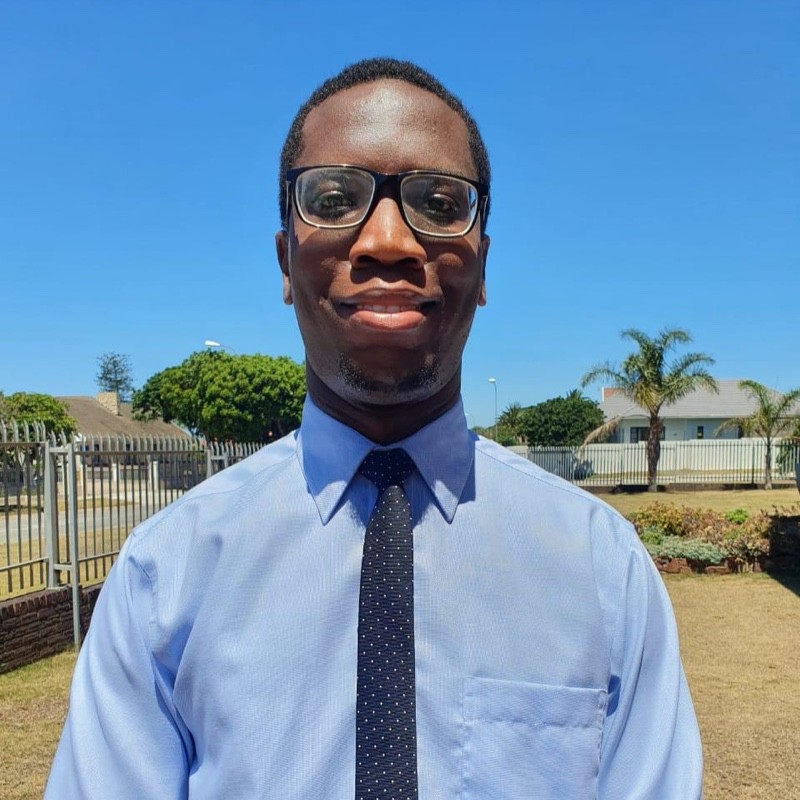
Keith Nare
Technical Head of Communications for GRT, Keith leads GRT's content strategy across various platforms, whilst coordinating internally to build the voice and opinions of the GRT team. Keith is a product of Nelson Mandela University and his PhD work focuses on Polymer and Physical Chemistry. He was a Research Associate at SANRAL in South Africa and later spent time as a Visiting Research Associate to NTEC at the University of Nottingham in the UK. He is a former Director of Communications for CALROBO in the USA.
Keith is passionate and enthusiastic about health and safety, sustainability, networking and finding synergy through conversations.
Related Interviews
MORE INDUSTRY ARTICLES
Nothing found.
